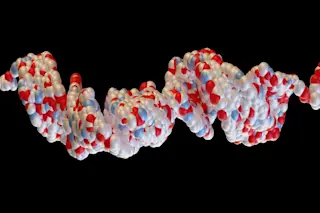There’s a significant gap between the information that real-world forensics teams can glean from a crime scene and what turns up in glamorized tv shows such as “CSI.” Today, however, that gap gets a little smaller: Researchers reveal it’s possible to determine the age of the person based on their blood. Let’s face it, as impressive as forensic DNA analysis is, it takes weeks or even months to process and even then can’t tell investigators everything about an individual. Other methods of analyzing evidence are available, but are also often time-consuming, destructive and limited in what they can reveal.
What if, however, field teams studying a bloodstain at a crime scene could obtain, within hours, the approximate age of the individual involved? Such knowledge could prove invaluable in narrowing searches for suspects and victims alike, as well as ruling out persons no longer of interest.
Today, a preliminary but promising ...














